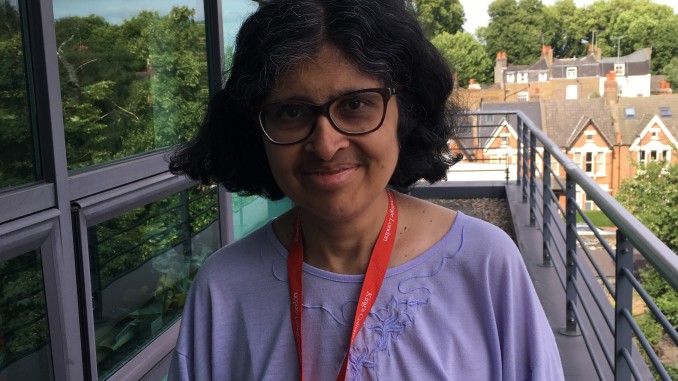
Savitri Hensman, patient and public involvement coordinator at CLAHRC South London, reflects on the idea of ‘community’ as applied in health and social care policy and research.
For people living in the same area or with something else in common, the idea of ‘community’ may provide a sense of being connected, having some level of shared identity and maybe the ability to make a difference together. Greater community involvement can richly benefit health and social care research, I believe. But to make use of what communities can provide, it is important to be clear about what they cannot.
The term ‘community’ is often used in health and social care policy, with various meanings and sometimes unrealistic expectations. For instance, senior decision-makers may assume that ‘communities’ could step in to make up for the impact of cuts in public services. But this risks heaping even more responsibility on people in the most disadvantaged sections of the population, many of whom are already working hard to care for themselves, their families and neighbours.
Nor can community insights replace those of users of particular services, or people with particular health issues, and carers. Community members do not always agree and some may have more power than others.
I was recently invited by the Association for Research in the Voluntary and Community Sector (ARVAC) to talk about involvement and communities at the ARVAC annual lecture. I shared some ideas about the various roles of communities and how researchers can draw on the knowledge which emerges, as well as responding to the issues flagged up by groups or networks.
Communities may amplify the voices of people with health needs or carers (which may otherwise not be heard) or act as a gateway, so that people can find out about involvement opportunities. Communities may be able to observe what affects health and care, and to gather knowledge and ideas. They may also take action to prevent illness or injury or reduce harm, directly or indirectly, including resourcing mutual support and action for change among people with shared needs. Sometimes though, they may reinforce prejudice and undermine health.
I mentioned what happened during the CLAHRC’s Active Involvement in Research Day in March, as an example of how researchers, service users, carers and members of local communities can share experiences and views and how valuable this can be.
Communities cannot fill every gap or substitute for the hard work of involving diverse service users and carers. And researchers should consider what they can offer to, and not just get out of, the communities where they are based or with whom they work. With all their strengths and weaknesses, communities have much to offer health and social care research.

Great discussion piece, Savi.